Three things I liked from The Traka, and three I really didn't
My first gravel event left me with mixed feelings
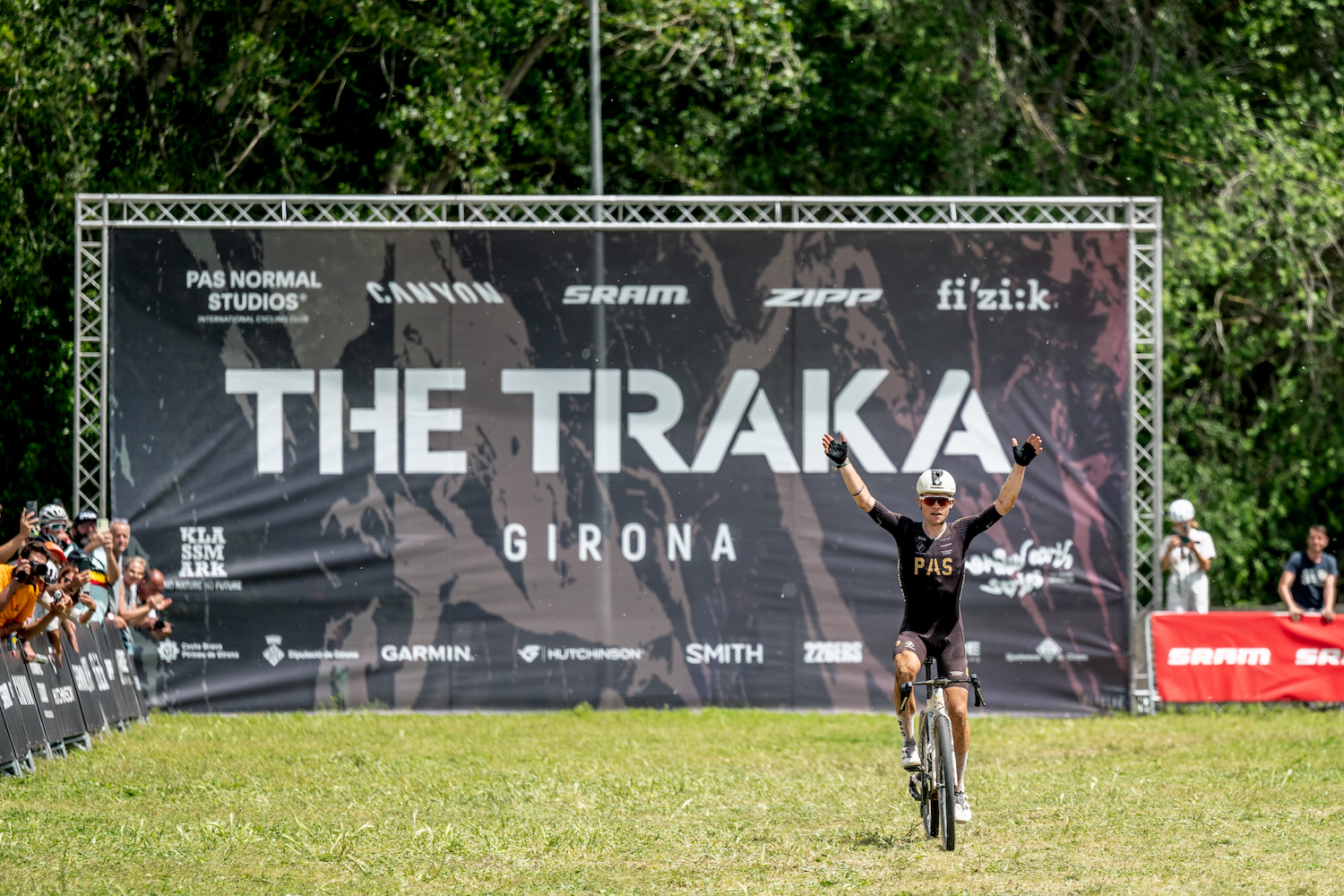
I think at this point it's fair to say The Traka is Europe's biggest gravel race, and it's beginning to vye for the top spot globally thanks to a mix of easier transport access, fantastic gravel riding, relatively plentiful accommodation, and the chance to do a little touristing before or after for those coming from further afield.
It was my first gravel event that I've covered as a journalist, and also the first cycling event I've participated in (mass start events aren't my cup of tea). Having covered plenty of road racing in my time there are some things that The Traka does really well by comparison, but there are also a few things that could definitely be improved upon.
Let's start with the good stuff:
Things I liked
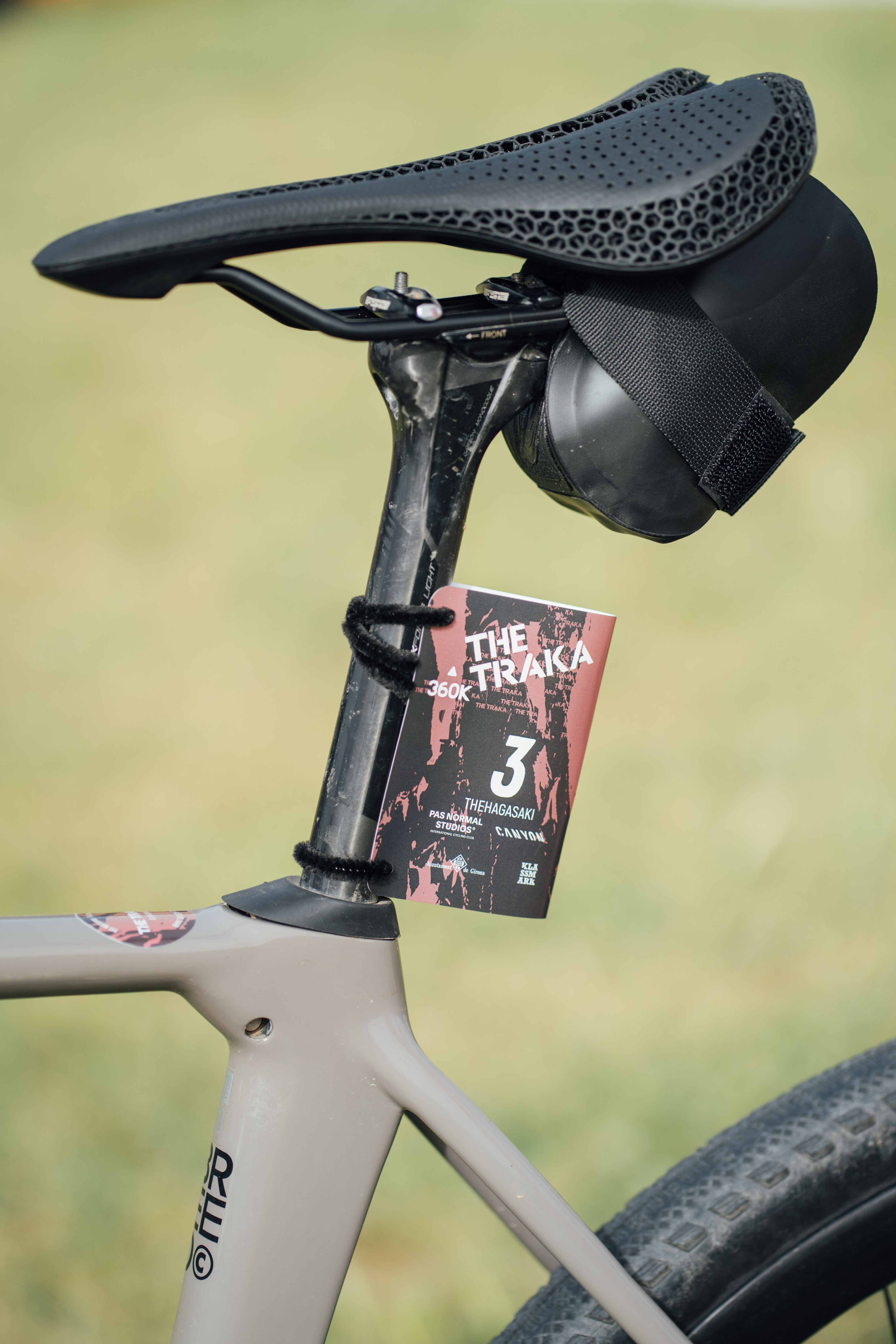
A genuine commitment to the local environment
Before I embark on positive environmental praise I will of course acknowledge that a significant proportion of attendees at The Traka came by plane, myself included. Girona is well connected by train, but that doesn't help you much if you live in North America.
That being said it was clear that Klassmark, the organisers, did have a commitment to preserve the local environment through which every rider travelled.
Bike events usually mean everyone is chowing down on gels and bars (or a decanted sack of gummy bears in my case), but whatever your snacks of choice all packaging had to be labelled with your race number so that, if litter was found on the course, it could be traced back to the offending participant.
I'm not going to say I didn't see gel wrappers, along with bottles that had shaken loose, but considering the terrain and the conditions (torrential rail for the 100) the levels of litter were refreshingly low.
Get The Leadout Newsletter
The latest race content, interviews, features, reviews and expert buying guides, direct to your inbox!
More than that there were also options to decline a t-shirt in favour of having a tree being planted for entrants, and even each rider's race number was secured by pipe cleaners rather than zip ties to reduce plastic waste.
It wasn't perfect, and I didn't see any actual enforcement of the packaging identification protocol - I myself didn't manage to find a sharpie in time - but it was a step in the right direction.
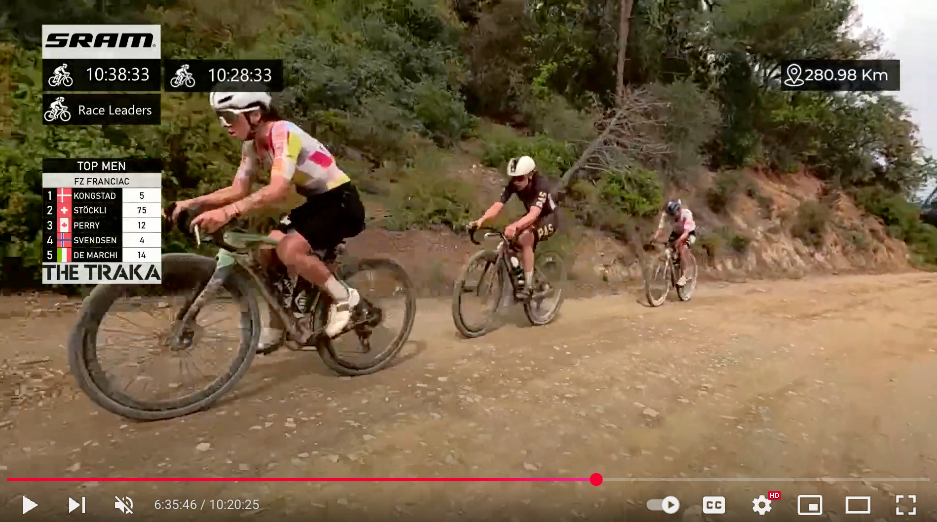
A proper live stream
If gravel is going to grow in popularity as a racing format people need to be able to watch it. Yes, it's all well and good reading about who won the South Dakota Filthy Rushmore 200, but fans want to see, in real time, what's going on.
At The Traka, for the 360km distance at least, there was excellent coverage. Drones captured aerial shots akin to those provided by a helicopter, and a small fleet of electric dirt bikes provided on-course footage.
Not only did this improve the experience for spectators, it also made life a lot easier for journalists. Without this footage we may never have known, for example, that Gee Schreurs had fallen and was nursing a hand injury.
This in turn makes for better post-race analysis, so it's good for everyone.
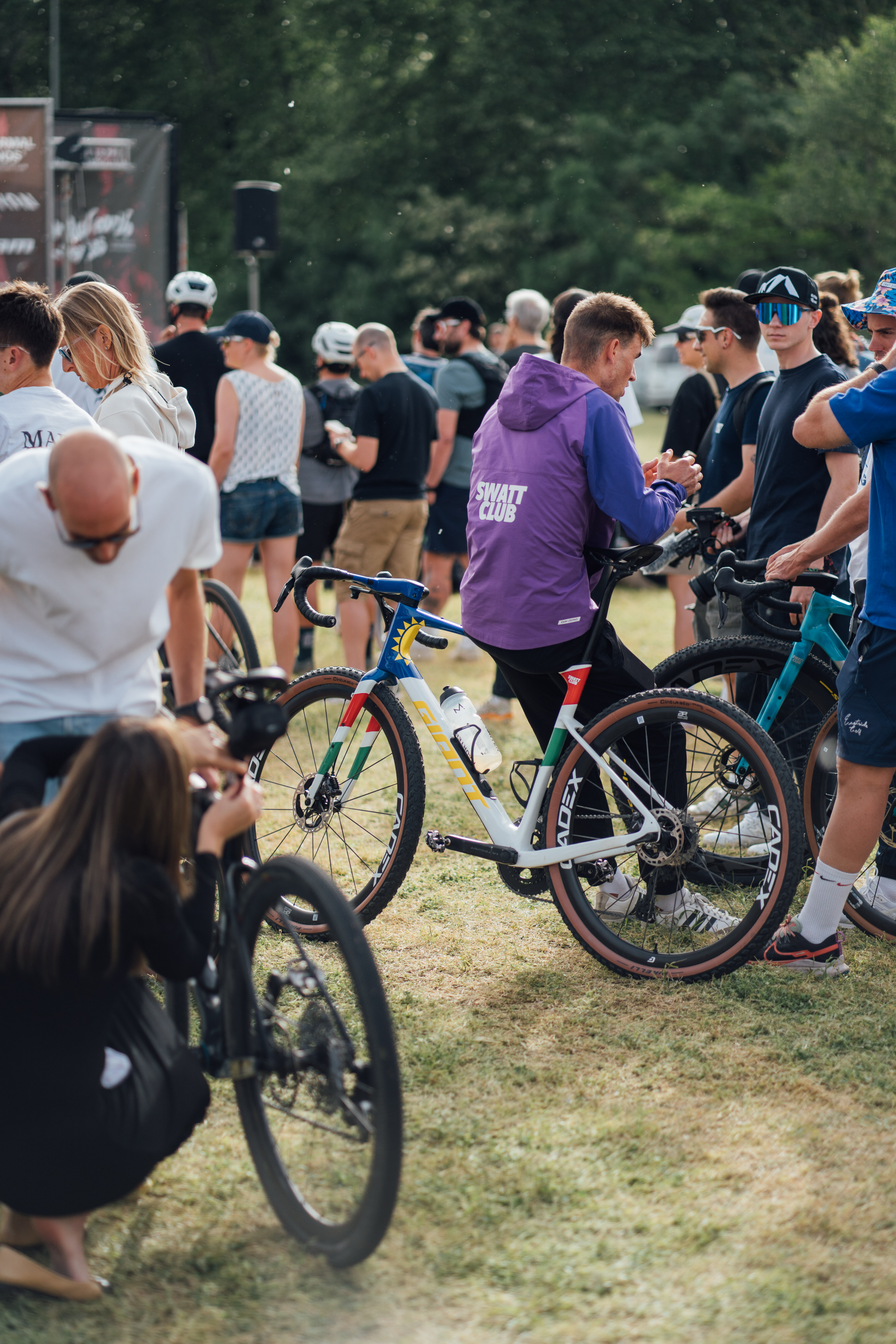
Fantastic rider access
Getting hold of riders at a European road race is often a bit of a nightmare. They're fortified inside the keep of the team buses and guarded by stony-faced press officers. If you're lucky, you can grab them in the melee of the press mixed zone, but otherwise it's hard to collar someone, let alone get anything useful out of them.
Contrast that to The Traka, where the riders were freely milling about with the general public, and it was night and day. I could wander over to Lachlan Morton and ask him about his Unbound Plans, or grab Maddy Nutt to find out how she managed to get a top ten despite suffering a mid-race ligament tear.
Yes, part of this is because the riders are less well known, and the privateer model of gravel means riders are often actively seeking to give their sponsors coverage to maintain their careers, but this is changing, and if road racing is to try and compete for the attention of fans it could certainly take a leaf out of gravel’s book.
Things I disliked
Women and men racing at the same time
Having spoken to both Sarah Sturm and Maddy Nutt after the 360, as well as Sofia Gomez Villafane after the 200, each faced the same issue: back markers from the men's race getting in the way.
The issue, broadly speaking, comes from the mass participation nature of the event. The men's 360, for example, kicks off, and you have various scarily fit Scandinavians at the front going for the podium and at the back, you have Dave from Boulder, who's trying to get round with the distance itself being the challenge.
When you set the female pros off ten minutes after the men, then of course, the faster women are going to end up interacting with the men in front of them. Couple this with a fair amount of singletrack, and new no-drafting rules, it meant the women were often having to back off on key sections of the course so as not to get penalised for riding right behind Dave.
There's a simple solution to this, which is to give the women their own day on the course, which leads me into my next gripe.
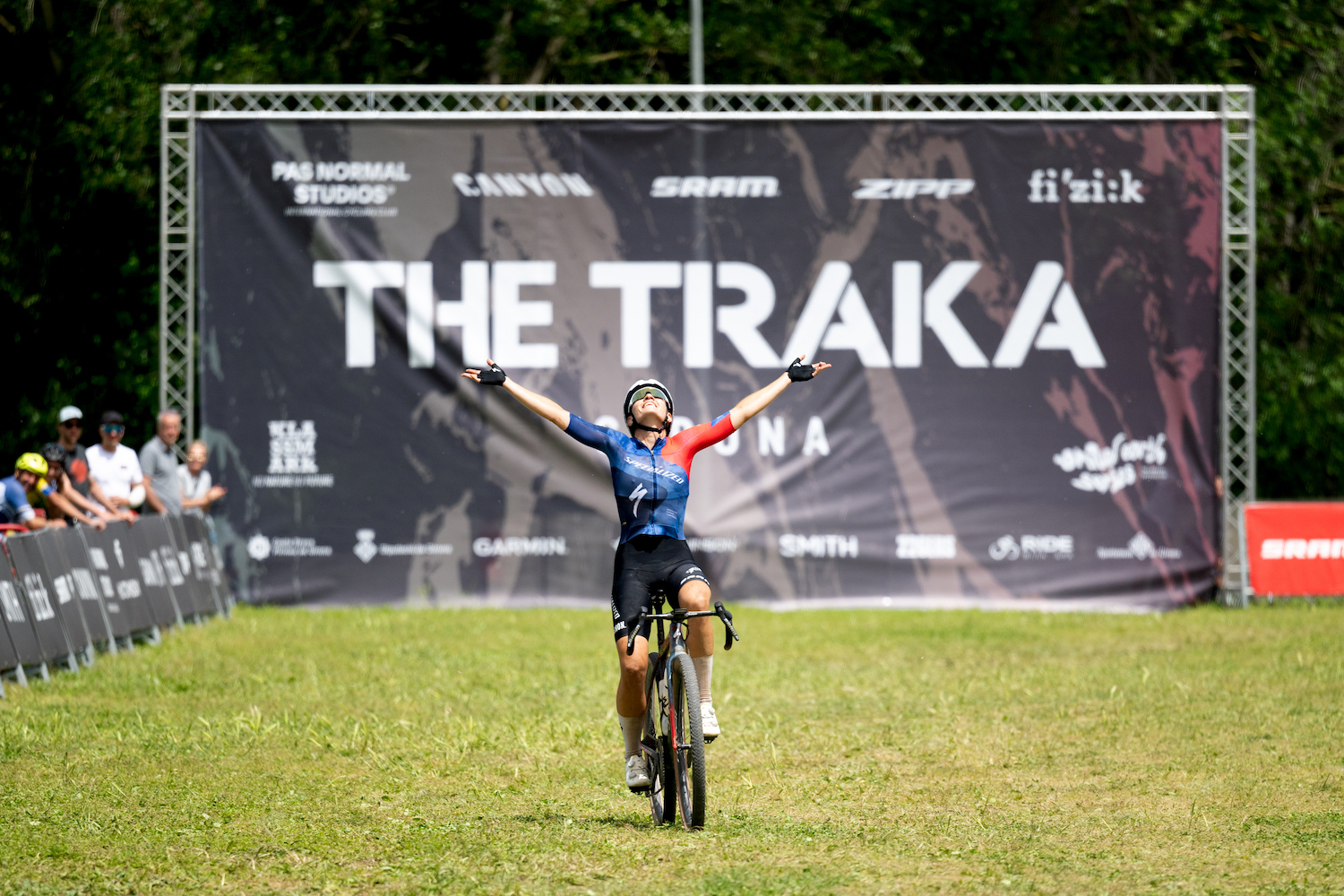
There were too many distances
The Traka had four separate distances. The 560 was for the ultra riders, though speaking to some of them it isn't really long enough to be squarely in their wheelhouse.
The 360 exists because it's a similar distance to Unbound, which is still the gold standard, and the 100 exists for punters looking for a nice day out. The 200 is caught in the middle.
Couple that with the fact that there wasn't live footage from the 200 and it left it feeling a bit of an afterthought.
I think the weekend would be improved by knocking the 200 out of the calendar, making time in the schedule for the women's field to have their own day on the course unhindered.
I also think the 360 needn't be so long just so it competes with Unbound. They are very different races with different terrains and I don't think it would suffer for being slightly shorter to attract a broader field of athletes.
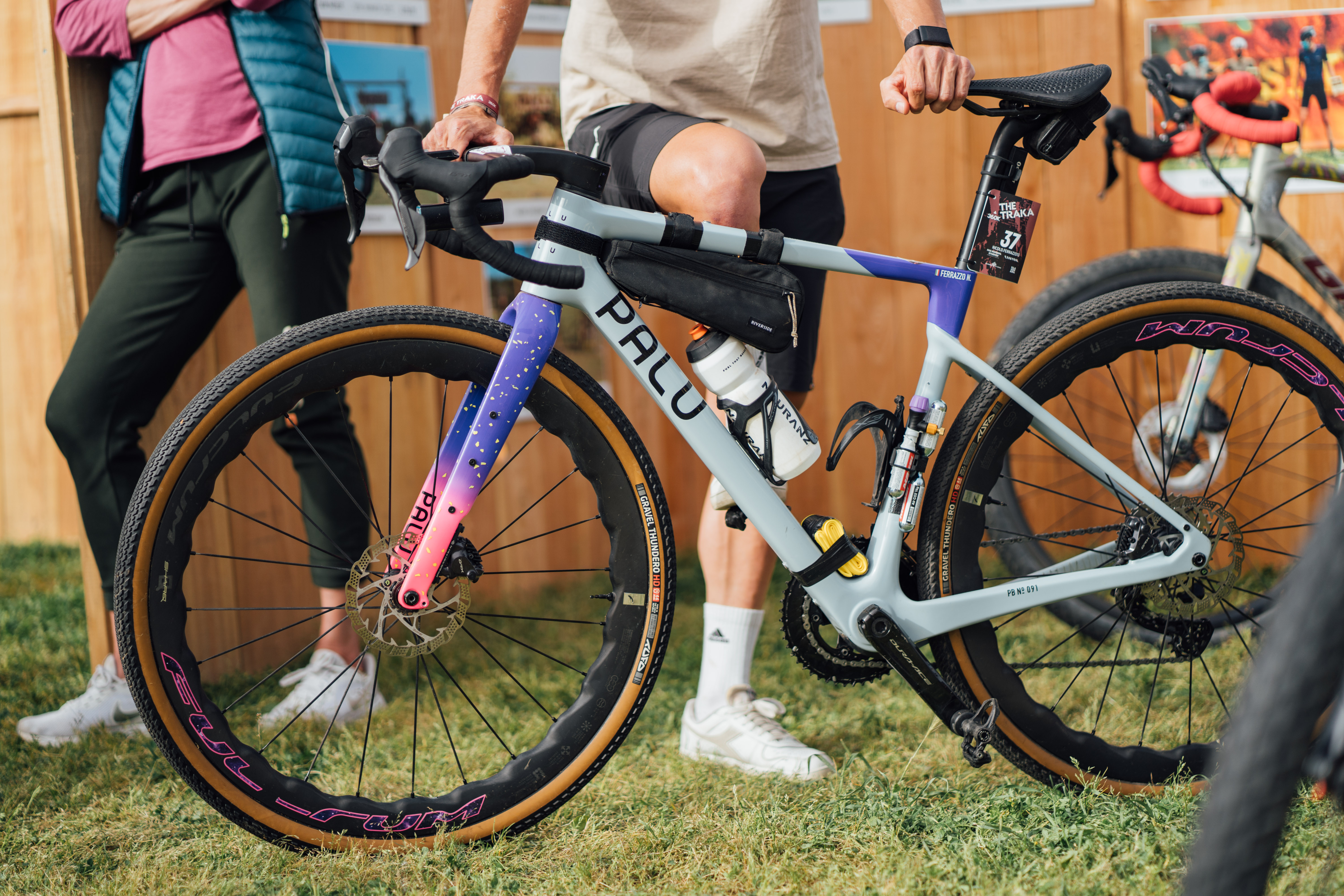
It's a fashion show
While there was a lot I liked about The Traka one thing really gave me the ick, and that was that every single rider had a super fancy bike and super fancy kit.
Don't get me wrong, I love a cool bike. I couldn't do this job well if I didn't, but this was different to the interesting tech I so often see at races like Paris-Roubaix where performance is the only goal.
Here the race HQ was less gravel race and more something akin to Girona Fashion Week. Normally one would see some oversized pulley wheels or a carbon chainring and stop to get a closer look, but things like that were so ubiquitous that they just sort of became meaningless.
For my race, I sourced what in ordinary circumstances would be a very tasty gravel bike: a Basso Palta, with an interesting mixed tyre set fitted, but at The Traka it was likely one of the cheapest bikes I saw.
While there isn't necessary anything wrong with people spending a lot of money on their hobbies, it created an atmosphere that was so exclusive and hyper-curated that any of the inclusivity that gravel riding generally purports to promote was throttled.
In short, I didn't actually care about the spirit of gravel at all until I came to the Traka and saw that, here at least, it was well and truly dead and buried. To see what I mean have a flick through my tech gallery. It could easily have been twice as long as still not covered every bike that, anywhere else, would have stood out like a peacock in a flock of pigeons.
I've been racking my brains to think of my favorite bike of the weekend and, madly, it was a totally stock Genesis Croix de Fer.
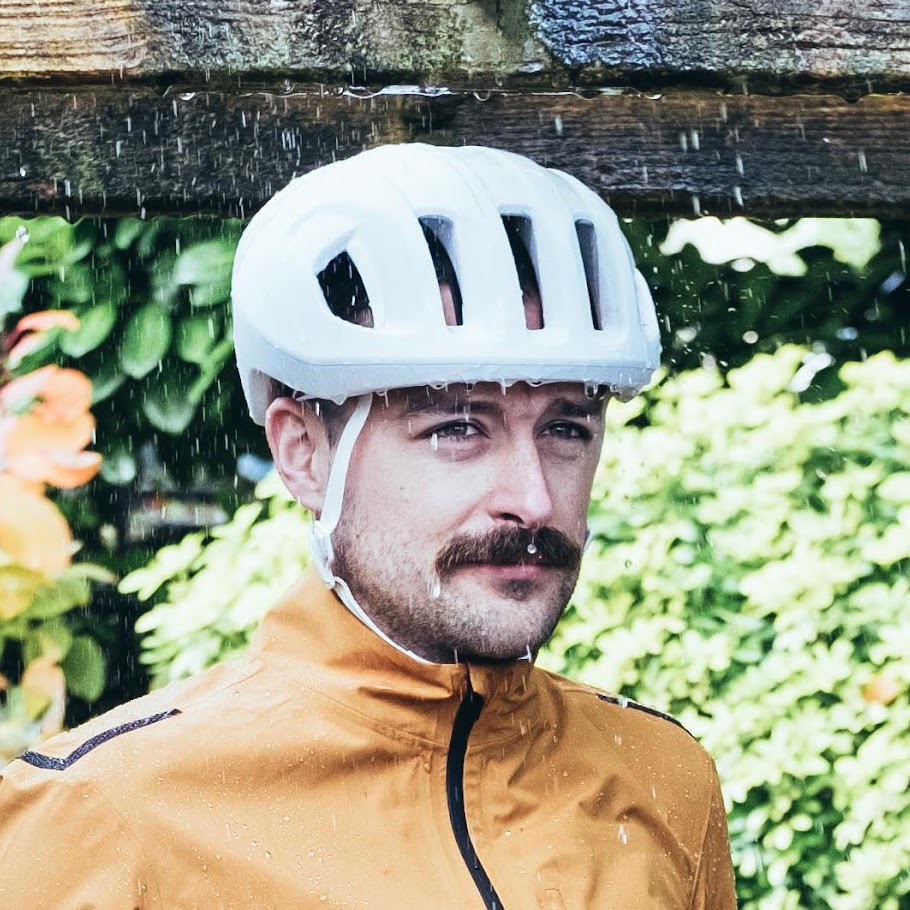
Will joined the Cyclingnews team as a reviews writer in 2022, having previously written for Cyclist, BikeRadar and Advntr. He’s tried his hand at most cycling disciplines, from the standard mix of road, gravel, and mountain bike, to the more unusual like bike polo and tracklocross. He’s made his own bike frames, covered tech news from the biggest races on the planet, and published countless premium galleries thanks to his excellent photographic eye. Also, given he doesn’t ever ride indoors he’s become a real expert on foul-weather riding gear. His collection of bikes is a real smorgasbord, with everything from vintage-style steel tourers through to superlight flat bar hill climb machines.
You must confirm your public display name before commenting
Please logout and then login again, you will then be prompted to enter your display name.